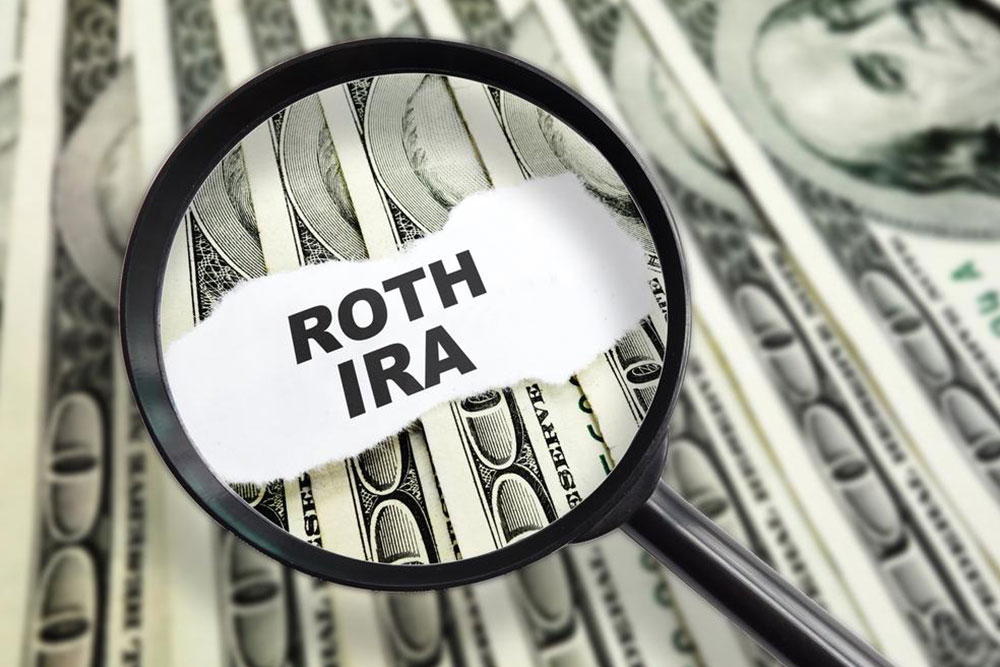Common Myths About 401(k) Retirement Plans Debunked
This article clears up common misconceptions about 401(k) retirement plans, including ownership rights upon leaving a job, misuse for non-retirement needs, IRA contribution rules, contribution matching myths, and limits across multiple plans. It aims to educate readers on maximizing their retirement savings effectively. Understanding these facts can help you plan better for a secure future and avoid costly mistakes with your 401(k) account.

Common Myths About 401(k) Retirement Plans Debunked
Many participants in 401(k) plans lack full understanding of their benefits and often hold misconceptions. So, how well do you really understand your 401(k)? Let’s explore common myths and facts.
My entire 401(k) balance is mine upon leaving the job: This is a common misunderstanding. What's yours depends on your plan’s vesting schedule. Your contributions are entirely yours, but employer contributions may be subject to vesting periods, sometimes requiring up to six years of service before fully owned.
Using a 401(k) to fund a home or education: Many believe 401(k)s can be tapped for purchases like a house or college tuition. However, these accounts are meant for retirement savings. For education expenses, consider the 529 plan. Using 401(k)s for non-retirement needs can jeopardize your future financial security.
Contributing to a 401(k) restricts IRA contributions: Employees should know that 401(k) and IRA contributions are separate. Contributing to one doesn’t diminish your ability to contribute to a Roth or traditional IRA. However, your joint income and IRA deductions might be affected if you and your spouse participate in employer plans.
Minimum contribution equals the company's match: Some think contributing only enough to receive the employer match—typically 6%—is enough. Ideally, aim for closer to 15% of your salary for better retirement readiness, regardless of employer contributions.
Two 401(k) plans allow an $18,000 contribution each: This is a myth. The contribution limit is combined across all employer-sponsored retirement plans, including 401(k), SIMPLE, SARSEP, and 403(b), but excludes 457(b). If you have multiple plans, your total deferral cannot exceed the annual limit, which was $18,000 in 2017. For two plans, the total would be capped accordingly.










